The project, known as The Boardwalk, includes Legends Tower, a nearly 2,000-foot skyscraper that could become the tallest building in the United States.


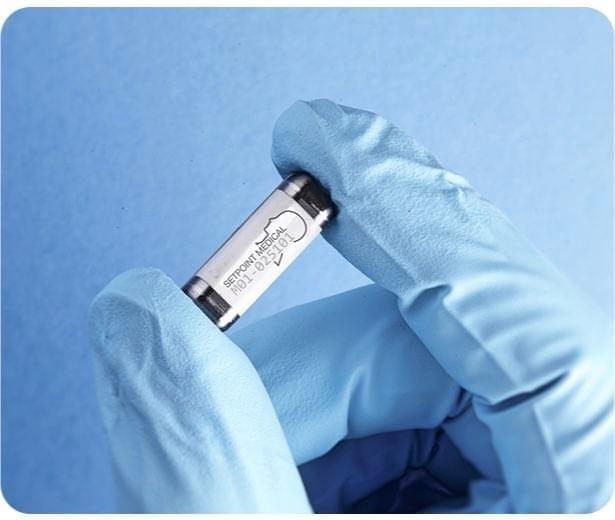
Support this channel on Patreon to help me make this a full time job: https://www.patreon.com/whatdamath (Unreleased videos, extra footage, DMs, no ads)
Alternatively, PayPal donations can be sent here: http://paypal.me/whatdamath.
Get a Wonderful Person Tee: https://teespring.com/stores/whatdamath.
More cool designs are on Amazon: https://amzn.to/3QFIrFX
Hello and welcome! My name is Anton and in this video, we will talk about a major discovery of most distant objects ever seen coming from the James Webb Space Telescope.
Links:
https://arxiv.org/pdf/2503.15594
https://arxiv.org/pdf/2503.
0:00 JWST breaks its own records.
0:40 Earlier observations and theory behind this.
3:10 New records at redshift of 17 and 25
5:20 What we know about these objects.
7:00 Issue explaining this.
7:50 Could this be black holes?
10:40 What’s next?
11:40 Conclusions.
Enjoy and please subscribe.
Bitcoin/Ethereum to spare? Donate them here to help this channel grow!
bc1qnkl3nk0zt7w0xzrgur9pnkcduj7a3xxllcn7d4
or ETH: 0x60f088B10b03115405d313f964BeA93eF0Bd3DbF
Thank you to all Patreon supporters of this channel.
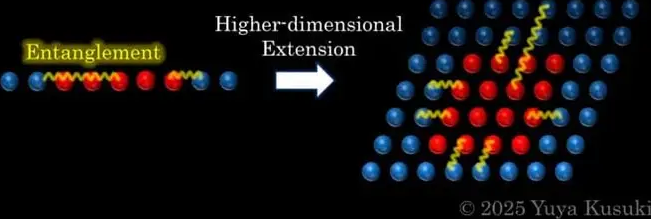
Questions to inspire discussion.
Data and Autonomy.
📊 Q: Why is vision data valuable in AI development? A: Vision data is worth more than zero if you can collect and process yataflops and yataflops of data, but worthless without collection capabilities, making the world’s visual data valuable for those who can collect and process it.
🚗 Q: How does solving autonomy relate to AI development? A: Solving autonomy is crucial and requires tons of real world data, which necessitates tons of robots collecting real world data in the real world, creating a cycle of data collection and AI improvement.
Company-Specific Opportunities.
🔋 Q: What advantage does Tesla have in developing humanoid robots? A: Tesla has essentially built the robot’s brain in their vehicles, allowing them to transplant this brain into humanoid robots, giving them a massive head start in development.
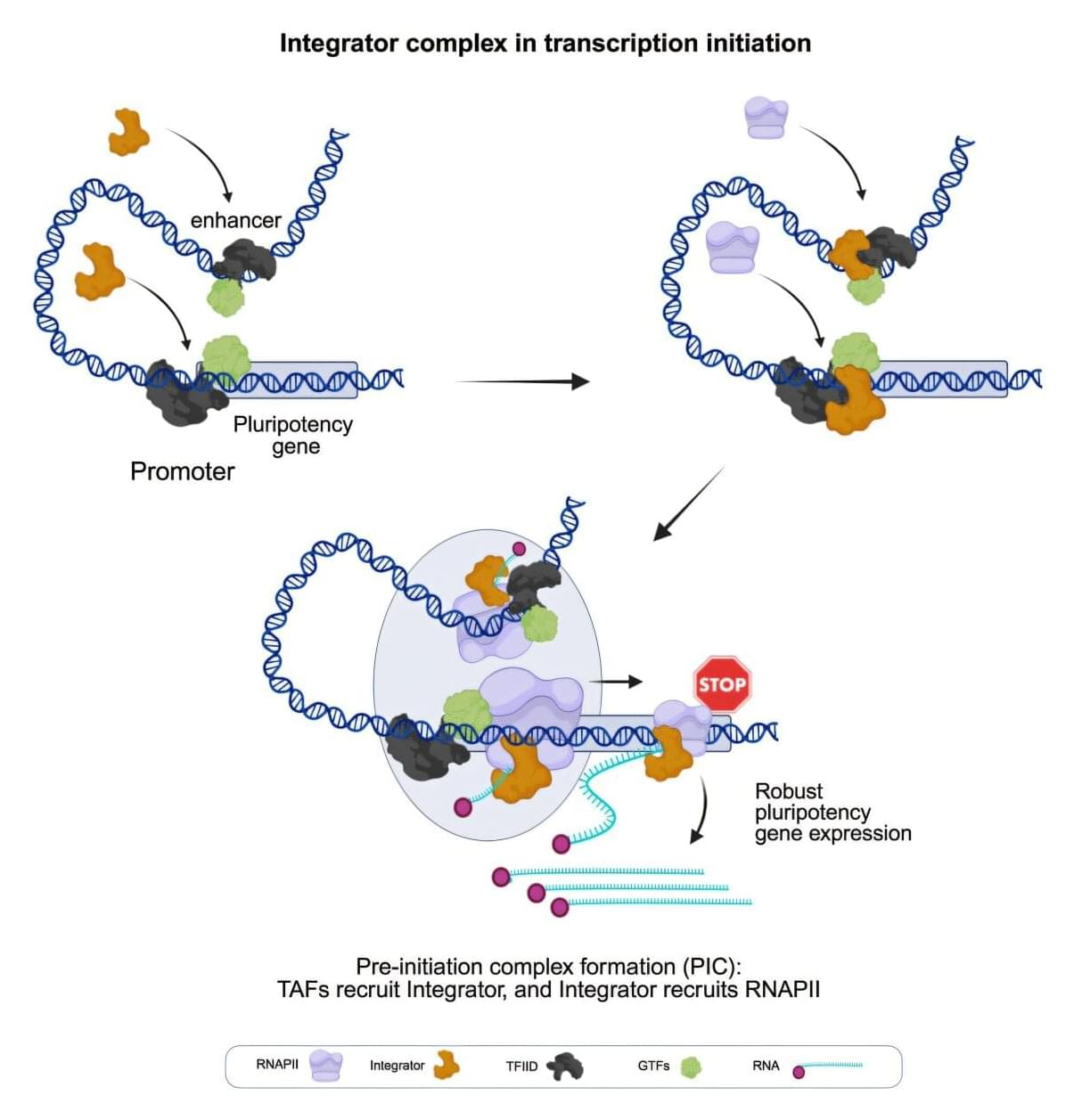
Researchers at Sylvester Comprehensive Cancer Center, part of the University of Miami Miller School of Medicine, have documented their use of a new RNA sequencing technology to uncover molecular drivers of cellular differentiation that could lead to better regenerative therapies.
In addition to being used in the lab, the technique, Rapid Precision Run-On Sequencing (rPRO-seq), has the potential to help doctors understand patients’ disease states and response to treatment in real time.
The findings appear in two published articles in Molecular Cell.

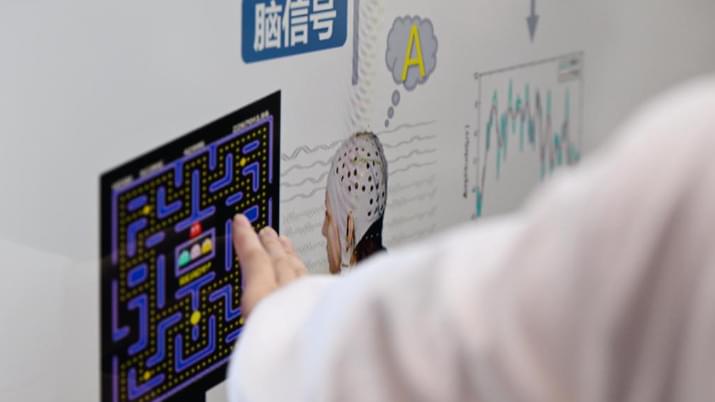

The U.S. National Science Foundation Directorate for Technology, Innovation and Partnerships (NSF TIP) announced an inaugural investment of nearly $32 million to five teams across the U.S. through the NSF Use-Inspired Acceleration of Protein Design (NSF USPRD) initiative. This effort aims to accelerate the translation of artificial intelligence-based approaches to protein design and enable new applications of importance to the U.S. bioeconomy.
“NSF is pleased to bring together experts from both industry and academia to confront and overcome barriers to the widespread adoption of AI-enabled protein design,” said Erwin Gianchandani, NSF assistant director for TIP. “Each of the five awardees will focus on developing novel approaches to translate protein design techniques into practical, market-ready solutions. These efforts aim to unlock new uses for this technology in biomanufacturing, advanced materials, and other critical industries. Simply put, NSF USPRD represents a strategic investment in maintaining American leadership in biotechnology at a time of intense global competition.”
Researchers have made significant progress in predicting the 3D structures of proteins and are now leveraging this knowledge to design proteins with specific, desirable characteristics. These advances have been driven by macromolecular modeling, access to training data, applications of AI and machine learning, and high-throughput methods for protein characterization. The NSF USPRD investment seeks to build on this foundation by bringing together cross-disciplinary and cross-sector experts nationwide. The goal is to extend these advances to enzyme design and accelerate the translation of this work into widespread, real-world applications.
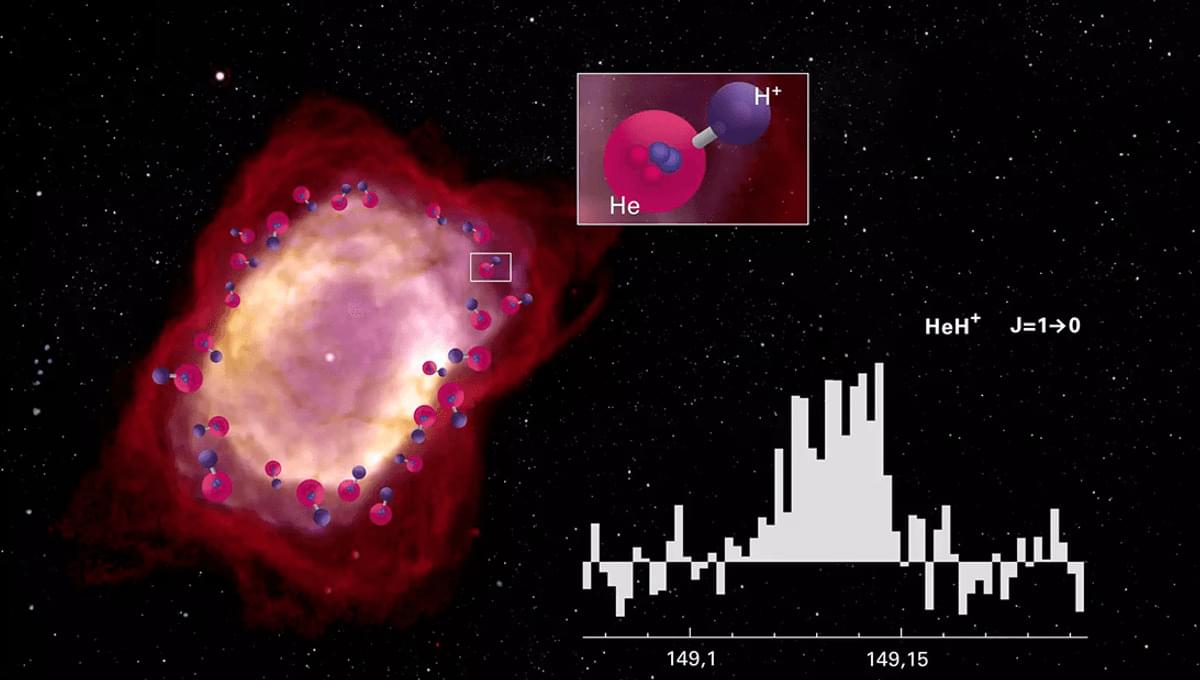
In new experiments, the team attempted to recreate the conditions of the early universe, and test whether HeH+ could provide the cooling needed to form the universe’s first stars. The team bombarded the molecule with deuterium at varying temperatures, simulated by varying the relative speed of the beams of particles. To their surprise, and contrary to previous predictions, the reaction rate did not slow as temperatures significantly decreased.
“Previous theories predicted a significant decrease in the reaction probability at low temperatures, but we were unable to verify this in either the experiment or new theoretical calculations by our colleagues,” Dr Holger Kreckel from the Max-Planck-Institut für Kernphysik (MPIK) explained in a statement. “The reactions of HeH⁺ with neutral hydrogen and deuterium therefore appear to have been far more important for chemistry in the early universe than previously assumed.”
These results could have profound implications for our understanding of the early universe, and may even force a bit of reevaluation.